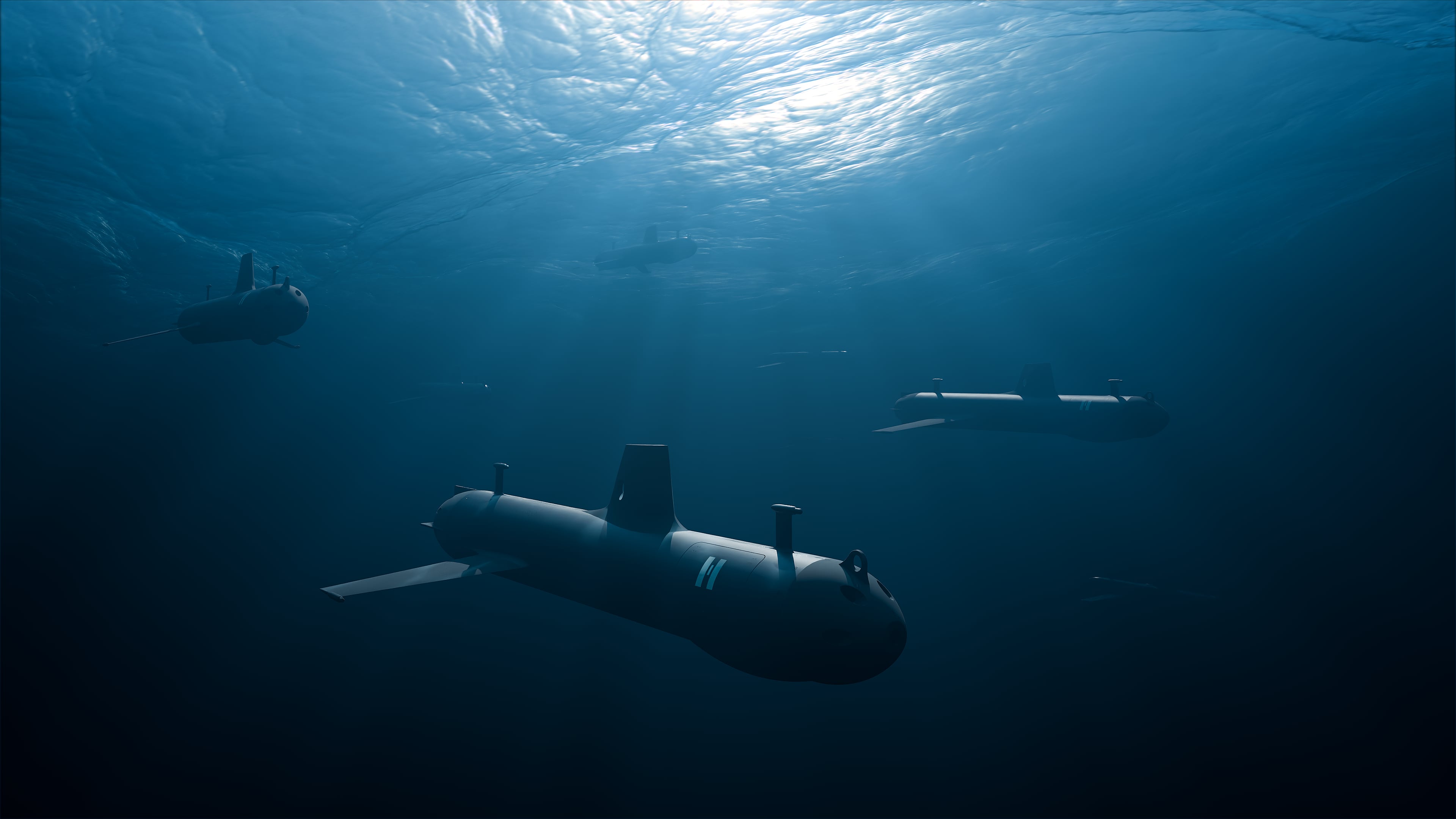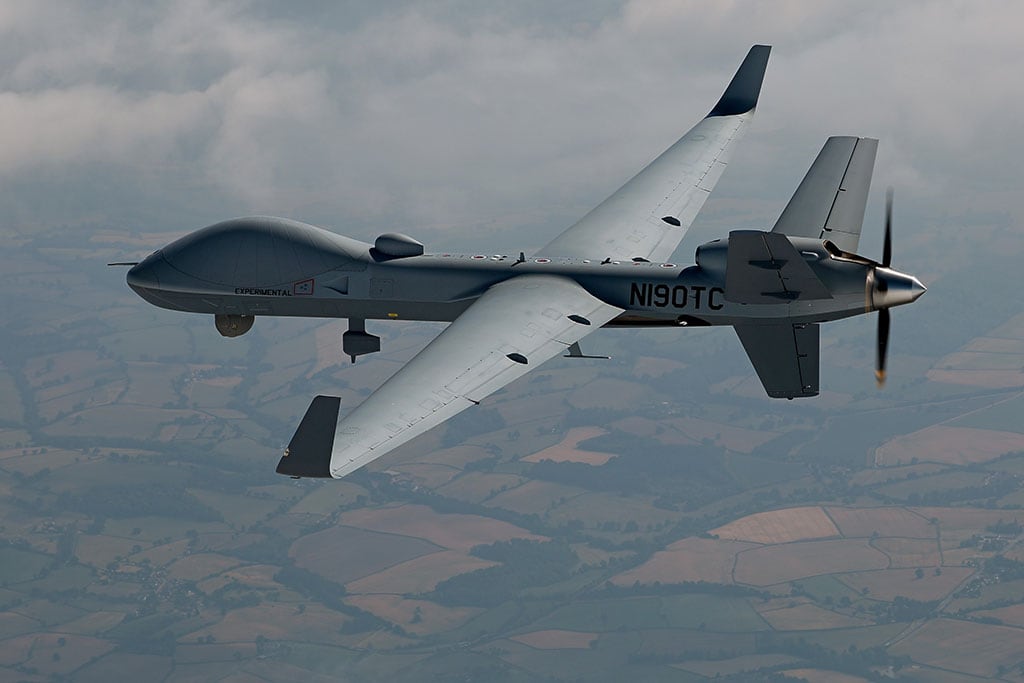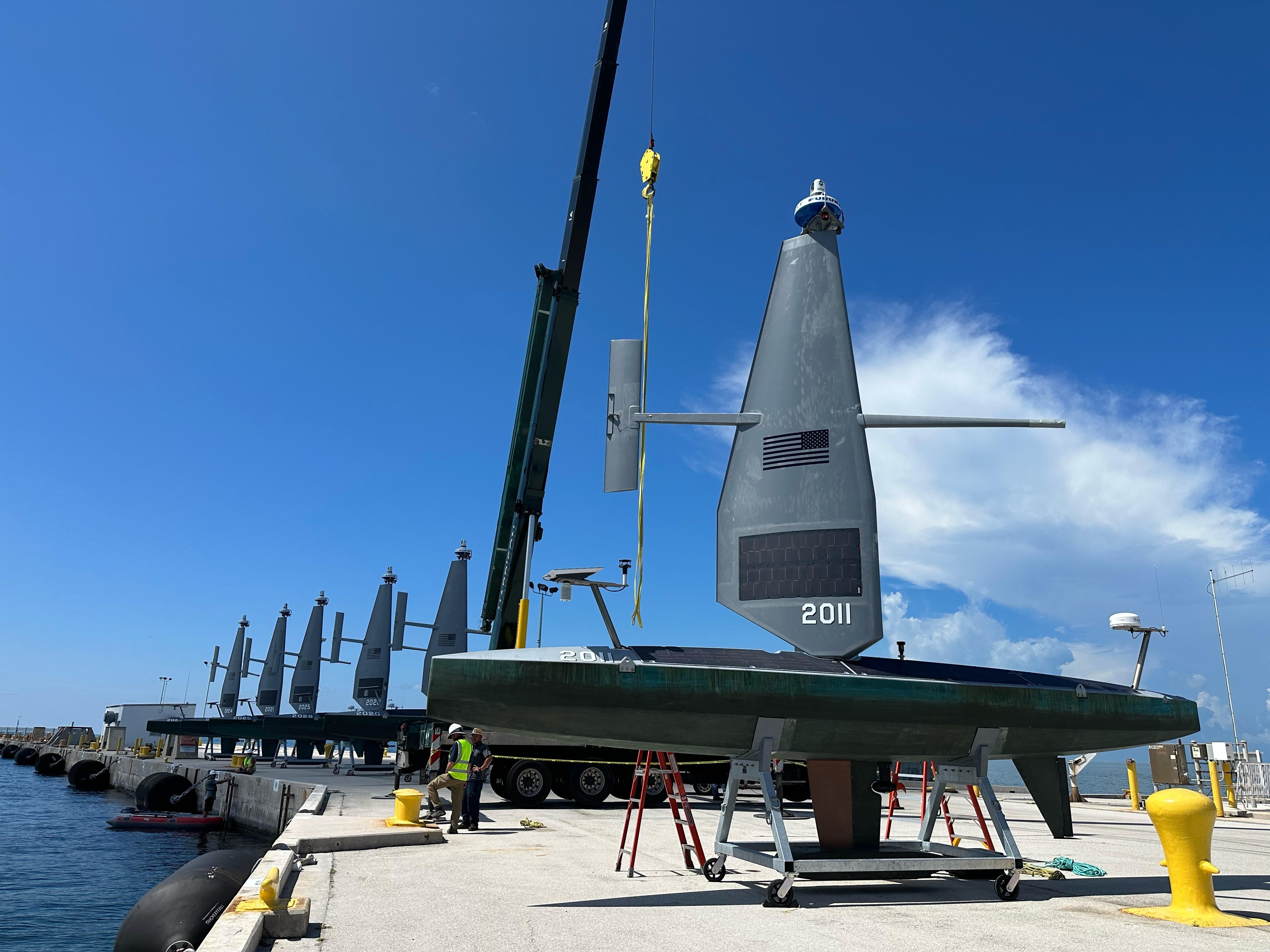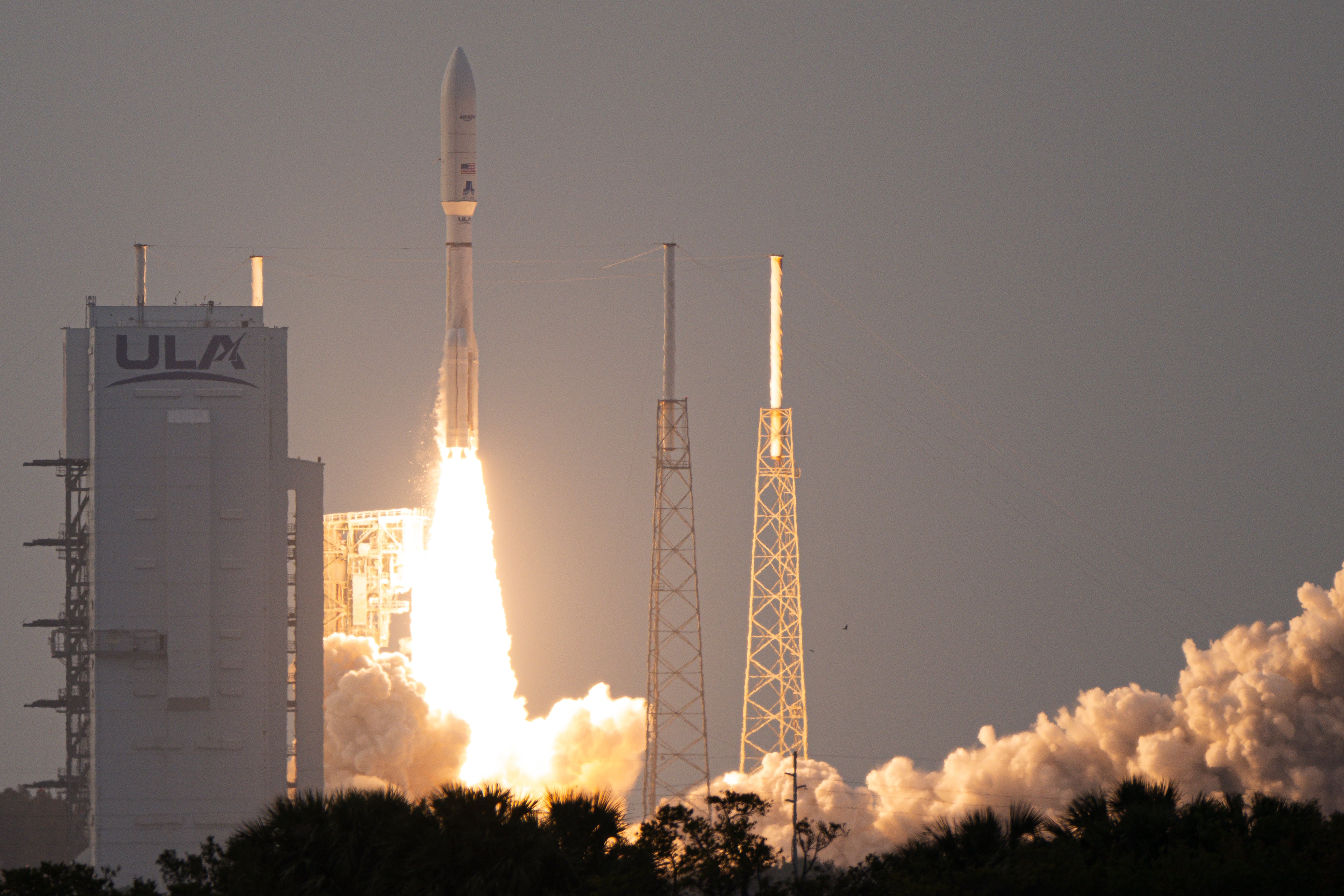The Defense Advanced Research Projects Agency (DARPA) has successfully completed its part in a project to develop a highly-autonomous submarine hunting drone ship, dubbed the Sea Hunter, according to a Jan. 30 press release from the agency.
The vessel is able to travel thousands of miles over open seas, for months at a time, without a crew member on board.
The DARPA prototype now will be transferred to the Office of Naval Research to continue development, which the Department of Defense hopes could lead to an entirely new class of unmanned surface vehicles, or USVs.
The partnership program from DARPA and the Office of Naval Research, or ONR, began in September 2014 as the Anti-Submarine Warfare Continuous Trail Unmanned Vessel (ACTUV) and will now continue under a new name, the Medium Displacement Unmanned Surface Vehicle (MDUSV). The technology it ultimately develops could offer an important glimpse into the future of warfare.
“ACTUV’s move from DARPA to ONR marks a significant milestone in developing large-scale USV technology and autonomy capabilities,” said Alexander Walan, a program manager in DARPA’s Tactical Technology Office. “Our collaboration with ONR has brought closer to reality a future fleet in which both manned warships and capable large unmanned vessels complement each other to accomplish diverse, evolving missions.”
Equipped with a powerful active sonar, the Sea Hunter can track down diesel submarines, whose stealthy engines can make them difficult to detect. The 132-foot-long robot warship, however, was not designed to carry weaponry. If an adversarial sub is detected, the 27-knot Sea Hunter would shadow the target while armed platforms are called into destroy it.
The ONR is now planning additional at-sea tests for the technology, including automating payload and sensor data processing, developing mission-specific autonomous features, and exploring autonomous coordination among multiple USVs.
Depending on the results of those tests, the Sea Hunter could transition to U.S. Navy operations later this year.








